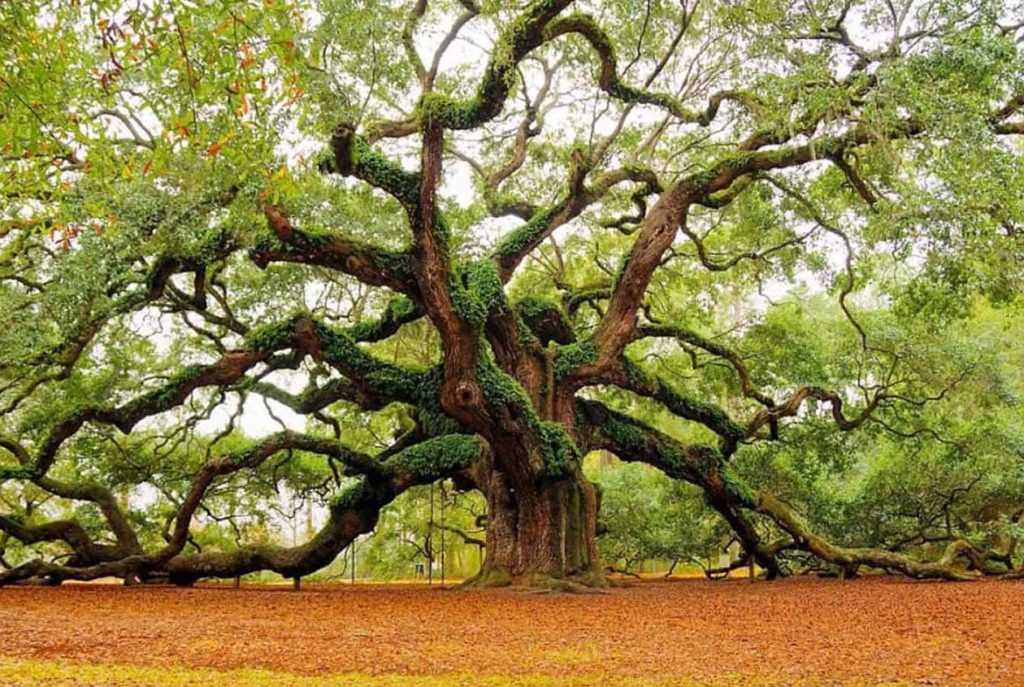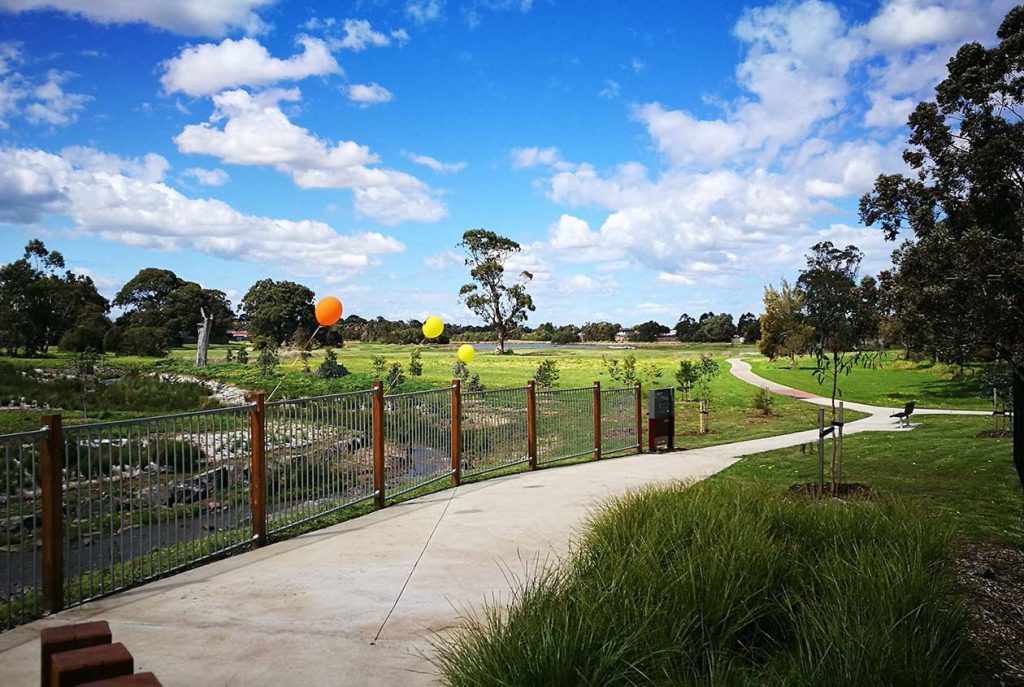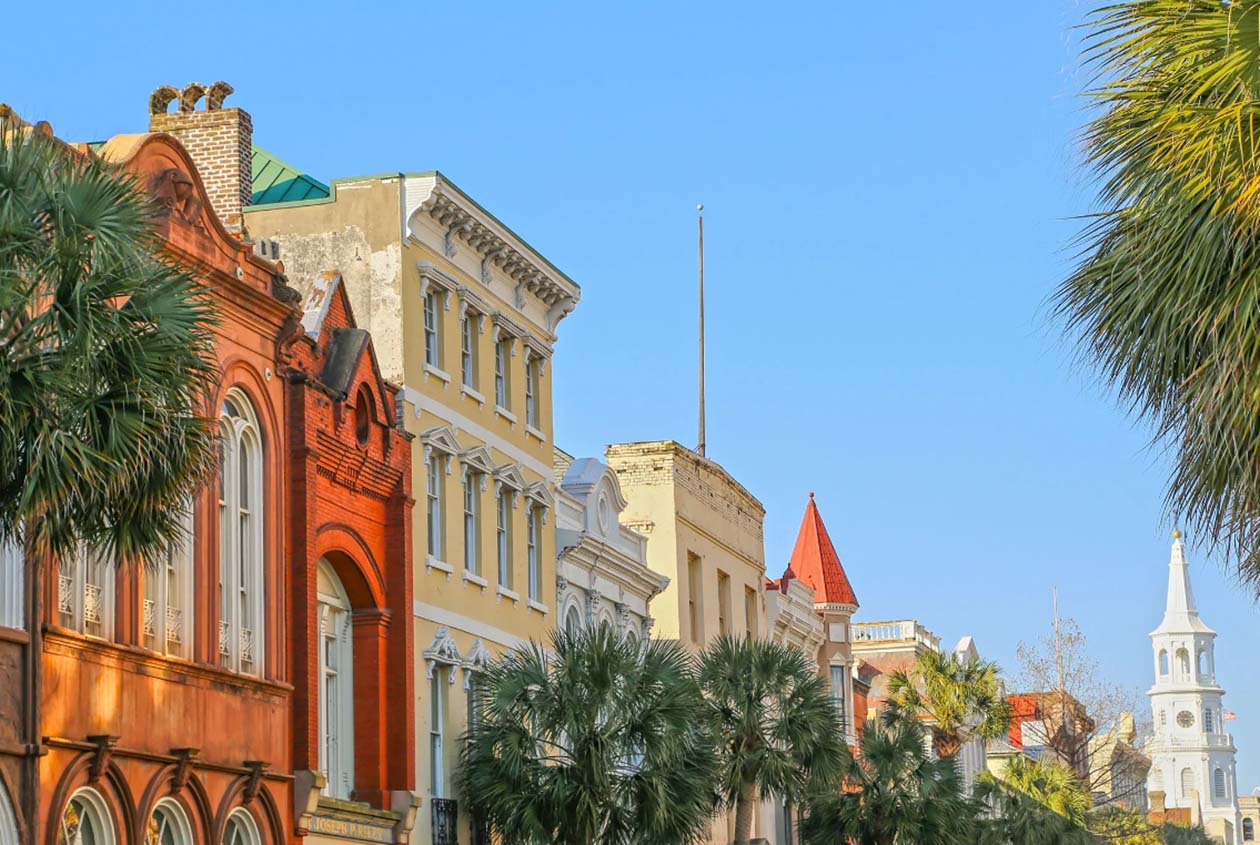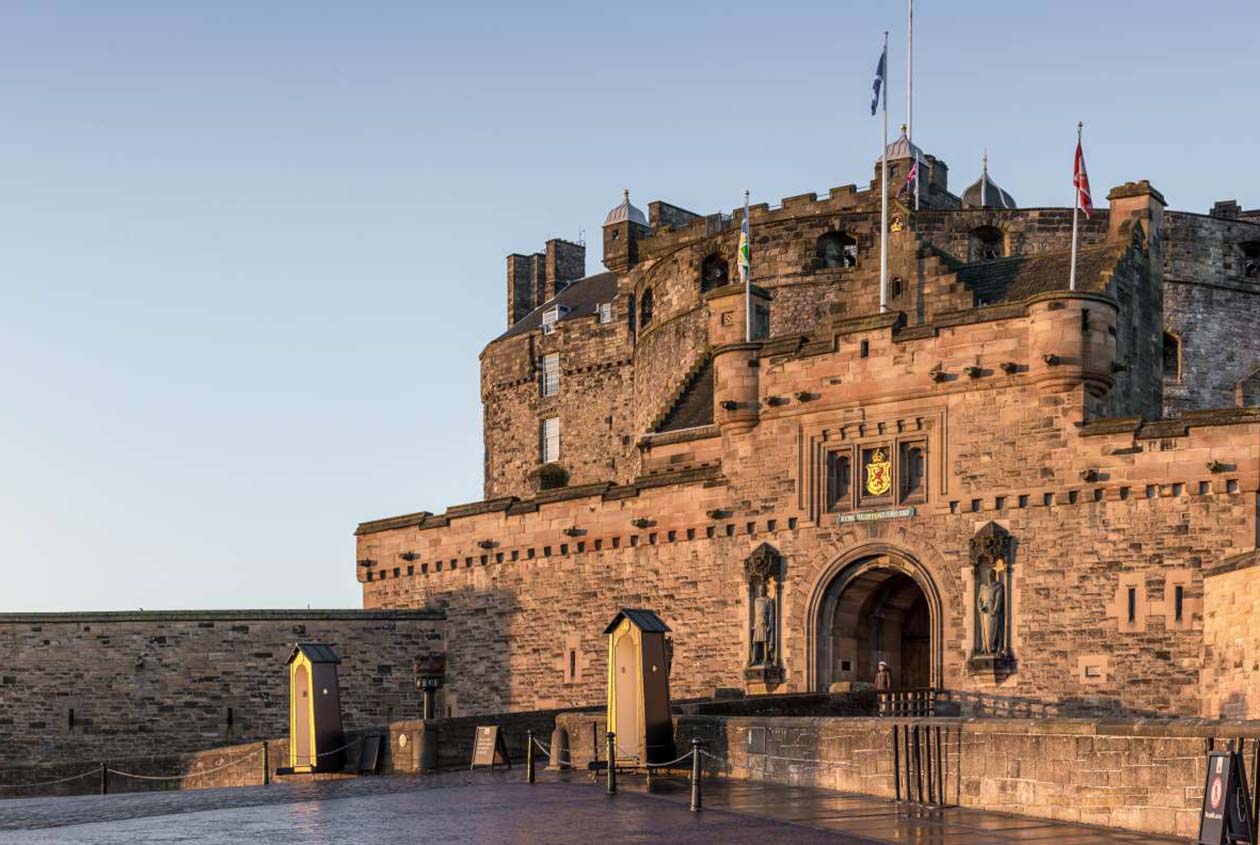Charleston, South Carolina, has always intrigued me with its rich history and vibrant culture. Beyond the well-known tourist spots, this city holds hidden gems waiting to be discovered by those willing to venture off the beaten path.
The Cistern Yard:
The Cistern Yard holds a special place in my heart as one of Charleston’s hidden treasures. Tucked away within the historic College of Charleston campus, this enchanting enclave boasts a rich history dating back to the 19th century. Surrounded by majestic live oak trees and elegant structures, the Cistern Yard exudes an air of timeless charm that instantly captivates visitors.
Upon stepping into the Cistern Yard, I felt as though I had been transported to a serene oasis amidst the bustling city. The tranquil atmosphere enveloped me, providing a welcome respite from the urban hustle and bustle. As I wandered through the grounds, I was struck by the architectural splendor of the surrounding buildings, each one bearing witness to Charleston’s storied past. From the intricate wrought iron details to the ivy-covered facades, every corner of the Cistern Yard seemed to whisper tales of days gone by.
Located at 66 George St, Charleston, SC 29424, USA, the Cistern Yard is easily accessible from downtown Charleston. A short walk or drive southwards from King Street leads visitors to this hidden gem, with clear signage guiding the way through the College of Charleston campus. Despite its central location, the Cistern Yard feels like a world unto itself, offering a peaceful retreat free of charge.
While the beauty of the Cistern Yard is undeniable, it may lack extensive attractions or activities beyond its scenic ambiance. However, for those seeking a moment of quiet reflection amid historic surroundings, this hidden oasis is the perfect destination. Whether lounging beneath the shade of the ancient oaks or admiring the architectural marvels that surround, there’s no shortage of beauty to behold at the Cistern Yard.
My visit to the Cistern Yard left me enchanted by its tranquility and architectural splendor. It offered a serene escape from the urban hustle, allowing me to immerse myself in Charleston’s rich history and natural beauty. For anyone seeking a peaceful retreat off the beaten path, the Cistern Yard is a must-visit destination that promises to leave a lasting impression.
Angel Oak Tree:
The Angel Oak Tree stands as a towering symbol of nature’s resilience, nestled on Johns Island just a short drive from downtown Charleston. Its ancient presence, estimated to be over 400 years old, is a testament to the enduring beauty and longevity of the natural world.
Stepping into the presence of the Angel Oak Tree is an experience like no other. As I stood beneath its sprawling branches, I was overcome with a profound sense of awe at the sheer magnitude of this majestic specimen. The tree’s gnarled limbs reached outwards, creating a sprawling canopy that seemed to stretch on for eternity. It was as though time itself had stood still in this sacred grove, and I couldn’t help but feel humbled by the silent wisdom that emanated from every gnarled branch.

Located at 3688 Angel Oak Rd, Johns Island, SC 29455, USA, the Angel Oak Tree is easily accessible via US-17 South towards Johns Island. A brief drive along Angel Oak Road leads visitors to this natural wonder, with clear signage guiding the way to its serene and picturesque setting. Despite its popularity, the site maintains a sense of tranquility that is truly awe-inspiring.
While the Angel Oak Tree offers a unique opportunity to connect with nature free of charge, it’s important to note that the site may become crowded during peak times. As one of Charleston’s most iconic landmarks, it attracts visitors from near and far, eager to witness its timeless beauty. However, despite its popularity, amenities on-site are limited, so visitors should come prepared with water, sunscreen, and comfortable footwear.
My visit to the Angel Oak Tree left me in awe of its majesty, serving as a powerful reminder of the importance of preserving nature’s wonders for future generations. In a world filled with constant change and uncertainty, the enduring presence of the Angel Oak Tree stands as a beacon of hope and inspiration, reminding us of the inherent beauty and resilience of the natural world.
Magnolia Cemetery:
Nestled along the banks of the Cooper River, Magnolia Cemetery stands as a timeless testament to Charleston’s storied past. Established in 1849, this historic burial ground serves as the final resting place for many of the city’s most prominent citizens, each tombstone and mausoleum bearing witness to the rich tapestry of Charleston’s cultural heritage.
As I stepped through the gates of Magnolia Cemetery, I felt as though I had been transported back in time. The air was heavy with the scent of magnolia blossoms, mingling with the faint scent of earth and moss. Every corner of the cemetery seemed to pulse with history, with each gravestone telling its own unique story of a life lived and a legacy left behind.
Located at 70 Cunnington Ave, Charleston, SC 29405, USA, Magnolia Cemetery is easily accessible via US-17 North towards Mount Pleasant. Signage along the way guides visitors to the entrance, where they are greeted by the solemn beauty of this sacred space. Despite its status as an active burial ground, the cemetery welcomes visitors with open arms, inviting them to explore its hallowed grounds and pay homage to those who came before.
One of the most striking aspects of Magnolia Cemetery is its sheer size and scope. As I wandered through the rows of tombstones and mausoleums, I was struck by the diversity of architectural styles and the intricacy of the carvings. From simple headstones to elaborate monuments, each memorial spoke volumes about the life and legacy of its occupant.
While exploring Magnolia Cemetery, I couldn’t help but feel a profound sense of reverence for the lives that had come before. Guided tours are available for those interested in delving deeper into the cemetery’s history, offering insights into the lives of the individuals buried here and the impact they had on Charleston’s development.
My visit to Magnolia Cemetery was a poignant experience that deepened my appreciation for Charleston’s rich cultural heritage. As I paid my respects to those who shaped the city’s history, I couldn’t help but feel a sense of gratitude for the opportunity to walk in their footsteps and honor their memory. In a city filled with so much history and beauty, Magnolia Cemetery stands as a poignant reminder of the past and a testament to the enduring spirit of Charleston.
Recommended Hidden Gems in Charleston:
Hampton Park:
Situated north of downtown Charleston, Hampton Park emerges as an expansive oasis, offering a serene escape from the hustle and bustle of urban life. Its vast expanse of lush greenery and meticulously curated gardens beckons visitors to immerse themselves in nature’s embrace.
Upon entering Hampton Park, one is greeted by a symphony of colors and fragrances, as vibrant flowers and towering trees line the scenic walking paths. The park’s landscape is a masterpiece of natural beauty, with winding trails meandering through verdant meadows and tranquil ponds. The gentle rustle of leaves and the chirping of birds create a soothing soundtrack, further enhancing the park’s tranquil ambiance.
Located at 30 Mary Murray Dr, Charleston, SC 29403, USA, Hampton Park is easily accessible via Rutledge Avenue. Visitors can embark on a leisurely stroll through the park’s idyllic surroundings, taking in panoramic views of the city skyline and the distant horizon. Public restrooms and picnic areas are available, providing amenities for visitors to enjoy a comfortable and relaxing experience.

While Hampton Park’s beauty is undeniable, some may find its lack of extensive attractions or activities to be a drawback. However, for those seeking a peaceful retreat amidst nature’s splendor, the park offers the perfect sanctuary. Whether lounging on the grassy lawns, picnicking beneath the shade of towering trees, or simply basking in the tranquility of the surroundings, Hampton Park invites visitors to slow down and savor the moment.
Exploring Hampton Park is a delightful experience that provides a welcome respite from the city’s hustle and bustle. The park’s lush greenery and vibrant blooms create an enchanting backdrop for leisurely strolls and moments of quiet reflection. As I wandered through its idyllic landscapes, I couldn’t help but feel a sense of gratitude for the opportunity to immerse myself in nature’s beauty and find solace amidst the chaos of everyday life.
McLeod Plantation Historic Site:
Nestled on James Island, the McLeod Plantation Historic Site stands as a poignant testament to Charleston’s intricate tapestry of history. This meticulously preserved site offers visitors a profound glimpse into the lives of enslaved individuals who lived and worked on the plantation, shedding light on a dark chapter of the city’s past.
As visitors step onto the grounds of the McLeod Plantation Historic Site, they are transported back in time to an era defined by hardship and resilience. Guided tours lead guests through the plantation’s sprawling grounds, where they can explore original slave cabins, historic structures, and lush gardens. Interactive exhibits and interpretive signage provide further insight into the lives of the enslaved individuals who toiled on the plantation, offering a nuanced understanding of Charleston’s cultural heritage.
Located at 325 Country Club Dr, Charleston, SC 29412, USA, the McLeod Plantation Historic Site is easily accessible via US-17 South towards James Island. Visitors are greeted by the site’s picturesque surroundings, with towering oak trees and sprawling fields stretching out before them. The plantation site invites guests to embark on a thought-provoking journey through the region’s past, providing a sobering reminder of the enduring legacy of slavery in Charleston.
One of the primary draws of the McLeod Plantation Historic Site is its unique educational experience, which offers visitors a deeper understanding of Charleston’s history and its legacy of slavery. Through guided tours and interactive exhibits, guests are encouraged to confront the uncomfortable truths of the past, fostering empathy and compassion for those who endured unimaginable hardships.
It’s important to note that visiting the McLeod Plantation Historic Site can be emotionally challenging for some visitors. The sensitive nature of the subject matter may evoke strong emotions, prompting individuals to confront difficult truths about Charleston’s past. Despite this, many find the experience to be profoundly moving, deepening their understanding of the city’s complex history and the resilience of those who endured.
Exploring the McLeod Plantation Historic Site is a moving experience that leaves a lasting impression on all who visit. It serves as a powerful reminder of Charleston’s intricate past and the enduring legacy of those who shaped its history. As guests depart the plantation grounds, they carry with them a newfound appreciation for the resilience of the human spirit and a commitment to honoring the stories of those who came before.
The Center for Birds of Prey:
Nestled in the picturesque town of Awendaw, the Center for Birds of Prey emerges as a beacon of conservation and education, dedicated to the study and protection of raptors. Situated amidst the tranquil beauty of the Lowcountry, this unique facility offers visitors a rare opportunity to observe these magnificent birds up close and gain a deeper understanding of their importance in the ecosystem.
Located at 4719 North Highway 17, Awendaw, SC 29429, USA, the Center for Birds of Prey is easily accessible via US-17 North towards Awendaw. As visitors approach the center, they are greeted by the sight of majestic raptors soaring gracefully overhead, their wings outstretched against the backdrop of blue skies.
Upon entering the center, guests are welcomed into a world of wonder and discovery. Guided tours lead visitors through the facility’s expansive grounds, where they can observe a diverse array of raptor species in their natural habitats. From majestic eagles to sleek falcons, each bird serves as a living testament to the beauty and power of the natural world.
Interactive demonstrations provide further insight into the behaviors and characteristics of these magnificent creatures, allowing visitors to witness firsthand the agility and grace with which they hunt and soar. Educational programs cater to visitors of all ages, with opportunities for hands-on learning and up-close encounters with the center’s resident raptors.
One of the primary draws of the Center for Birds of Prey is its dedication to conservation efforts. Through research, rehabilitation, and public outreach initiatives, the center strives to protect and preserve raptor species for future generations. Visitors leave with a newfound appreciation for these majestic birds and a commitment to supporting their conservation efforts.
While the center’s focus on raptor conservation is commendable, some visitors may find that it lacks extensive attractions beyond its primary mission. However, for those who are passionate about wildlife conservation and eager to learn more about these fascinating creatures, the Center for Birds of Prey offers a thrilling and educational experience that is sure to leave a lasting impression.
Visiting the Center for Birds of Prey was a thrilling and educational experience, deepening my appreciation for these majestic creatures and the efforts to protect them. As I watched the raptors soar overhead and learned about their importance in the ecosystem, I couldn’t help but feel inspired by the dedication and passion of the center’s staff. It served as a powerful reminder of the importance of conservation and the role that each of us plays in protecting the natural world for future generations.
Charleston, South Carolina, is a city brimming with hidden treasures waiting to be uncovered by intrepid travelers. From historic landmarks to serene green spaces, Charleston offers a wealth of attractions beyond the well-trodden tourist path. Whether you’re exploring the tranquil beauty of the Cistern Yard or delving into the complex history of the McLeod Plantation Historic Site, there’s no shortage of hidden gems to discover in this charming Southern city. So pack your bags, hit the road, and prepare to be captivated by all that Charleston has to offer.



